How National Lampoon's Christmas Vacation Became 'Norman Rockwell on Speed'
Production designer Stephen Marsh shares the secrets of the Griswold home
They say art imitates life, but art also imitates art — so perhaps it’s no surprise that several of the most iconic holiday films have been directly inspired by the work of late American painter Norman Rockwell.
Set designer Eve Cauley, who curated the interiors of Home Alone, once cited Rockwell as a direct source of inspiration for the film, saying in an interview, “I thought about what look would best represent Americana, and of course, Norman Rockwell came to mind.”
One year prior to Home Alone’s release, another film with deep Rockwell inspiration hit theaters: National Lampoon’s Christmas Vacation, which follows Clark Griswold (played by Chevy Chase) as he hilariously celebrates the season with his family.
I love Christmas Vacation. It’s silly and full of quotable lines, and it depicts a Christmas where everything goes awry, rather than one where everything is absolutely perfect. It also introduced the world to some of the greatest film characters of all time: Todd and Margo, the Griswold’s neighbors.
A few weeks ago, I set out to learn everything I could about the set design of Christmas Vacation and figured what better way to learn than to track down the person in charge of it all? So I found Stephen Marsh, the film’s production designer, and called him at his home in California. He’s retired now but designed some of the most iconic sets of the 1990s (George of the Jungle, Cool Runnings, Don’t Tell Mom the Babysitter’s Dead).
As Marsh explains, “It takes about somewhere between six and nine months to make a picture,” and, as the production designer, he was "essentially the head art director — the person responsible for the look and feel of the picture: the design, the colors, the patterns and the upholstery.”
I asked Marsh how he developed the look and feel of the Griswold family home. Below, a few of the most interesting tidbits from the making of National Lampoon’s Christmas Vacation.
The Griswold Family Home Was Meant to Be “Norman Rockwell on Speed”
“Our idea was that Christmas Vacation would be a Norman Rockwell, on speed,” Marsh says with a laugh. “If you look in the background of the film, there’s a heck of a lot of plaid — we did that on purpose. Norman Rockwell used a lot of plaid, too.”
One specific scene was directly inspired by Rockwell’s 1943 painting, Freedom From Want, one of the most iconic paintings of the 20th century.
“In fact, the whole idea of the carving-of-the-turkey scene is taken directly from a Norman Rockwell painting,” Marsh notes. “Of course, in the film, our turkey imploded.”
Some of the Furniture Was Rented or From Sears, Adding to the Americana
“With set and production design, we start with ideas and then we go to scouting and sketching. In fact, I remember I was sketching on paper back then — this was before digital. We did big sketches,” Marsh says.
He continues: “The decorator and I would look through Sears catalogues‚ pull samples [of images and fabric] and pin the samples onto our sketches until we got the feel right.”
Once they nailed down the aesthetic, they went out into the world to actually find items to bring the set to life.
“Then we would go shopping. We got a lot of our furniture from rental furniture houses because they had a lot of Americana stuff. We also bought a lot of sofas,” Marsh says, to add to the cozy vibe of the home.
The Interiors Were Filmed on a Soundstage — But the Iconic Attic Scene Was Filmed in a Colorado High School Gymnasium
“The exterior of the house was built on the Warner Brothers’ Ranch facility — it’s a set located about a mile away from Warner Brothers [studios] in the Valley. They had a lot of faux residential streets there and a big pool. We used the pool as well but we had to tear down the house from a previous film and build the Griswold house,” Marsh explains.
The Ranch is “right in the middle of a dense suburban area,” he adds, which meant that local residents insisted that the set designers not use “ugly things.”
“We built the front and two sides of the house as if they were a true house, but the back is all corrugated metal. And it had to have a real sprinkler system,” he says.
The interiors of the film were shot at Warners Brothers studios and built on a couple of sound stages. “Ours was built right in between two other stages — Ghostbusters Two and Lethal Weapon 2.”
But the team also needed snow for exterior shots, which wasn’t exactly feasible in Los Angeles. “So that January, we had to go to Breckenridge, Colorado,” Marsh says.
But company executives worried that a trip to Colorado would slow down production. So they advised Marsh and production staff to bring extra materials so they could shoot even if the snow got too intense.
“The brass at Warner Brothers said, ‘You can’t go up there with no cover set. What happens if you have a huge storm and you can’t shoot? Take something with you.’ We had one extra set that wasn’t part of anything else, and it was the interior of the Grswold’s attic, from the scene when [Chevy Chase] gets thumped in the face with a ladder,” Marsh says.
“So, we took that set with us to Breckenridge and we found a school and rented their gymnasium and built the interior of the attic inside the gymnasium. It was up four feet off the ground on a riser. We weren’t sure if we would need it but, while we were shooting outside, we did have one of the nastiest winters — the snow was so bad we couldn’t see, which meant we couldn’t shoot. So one day we decided, let’s go back and shoot the attic scene in the gymnasium.”
So all those hilarious moments of Clark looking through old family footage? Those were shot in a high school gym. And that iconic thump-in-the-face scene? Well, it was so funny because it was real.
“Chevy really did get thumped in the face at one point,” Marsh says.
All of the Roof Scenes Were Filmed Just Six Feet off the Ground
As Marsh explains, Chase — known for his very specific brand of physical comedy — “has been injured a lot of times while making films.” He was even, at one point, almost electrocuted, Marsh recalls.
So for Christmas Vacation, the actor used a stunt double for the scenes shot on a ladder. He also had specific concerns about shooting anything on a roof.
So set designers, lead by Marsh, had to get creative for the scenes in which Clark hangs the lights on his roof — which he eventually falls off of.
“We built the top half of the Griswold house from about six feet up, on another part of the backlot,” Marsh says. “This meant that in those scenes where it looks like Clark is high above his home, he is really only about six feet off the ground. We even cut the trees so they would match up with the roof.”
Marsh Developed a Clever Hack for the Christmas Lights Scene
One of the most memorable scenes in the film involves Clark Griswold’s over-the-top Christmas lights display. There was no CGI at the time so those lights? They were real.
Marsh says producers told him they planned to shoot the scenes of the film in chronological order, which meant he could fully install all the Christmas lights on the house without having to worry about removing them for the next scene. But he knew better.
“They told me, ‘Just put the lights on the house and we’ll shoot it in order.’ But that’s just not how filmmaking goes. Scenes are often re-shot, or the beginning might be shot at the end. So I put the lights on large sections of net, made of very, very thin wire you can’t see in the film. We then put the lit net on panels, and put the panels themselves on the house. That way, when producers inevitably said, ‘By the way, we need to shoot without the lights now,’ we could just pull them off all together.”
It was a smart move, considering that’s exactly what producers did — film scenes out of order, which would have required the set designers to painstakingly remove and re-hang every light, were it not for the ingenuity of Marsh.
That being said, the lights themselves were indeed as bright as they seem in the film. “We did have to have a generator just to run the lights, but the people in LA are used to film-making — they’re no strangers to having their bedrooms lit up like it’s morning.”
A tremendous thank you to Stephen Marsh for being so generous with his time and story-telling. I found this conversation fascinating and hope to speak to other set and production designers about the magic that goes into set design.
Vulture featured me in their story on Todd and Margo — my favorite holiday movie couple. I love that this little newsletter is sparking other ideas and I’m so proud of the silly little rabbit holes I’ve been running down lately.
The Washington Post delved into Kim Kardashian’s shapewear empire but this line in particular struck me, given my recent essay on how beige is taking over the interior design world: “Kardashian made beige into a statement, rather than a lack of one, and then, in sharing images of her house on social media, on television and in magazines, helped morph it into a mass aspiration. It is because of Kardashian that subdued interiors are now America’s primary domestic aesthetic.”
A new-to-me skincare device that I’m loving of late? This skin spatula, which isn’t actually called that but isn't that what it looks like? I have only tried it on “extract” mode, which works to lift sebum and oil out of pores. It is so satisfying and truly works. But it has another mode (“infuse”) which claims to help products better absorb into your skin. Jury’s still out on whether that does anything but it’s worth it for me for the extraction capabilities alone.
And I’ll leave you with this…


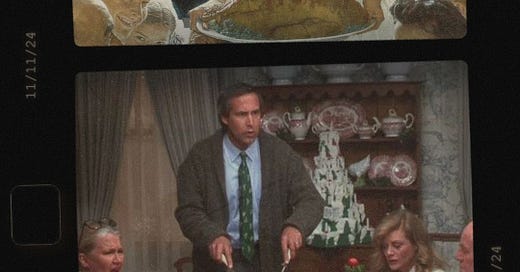


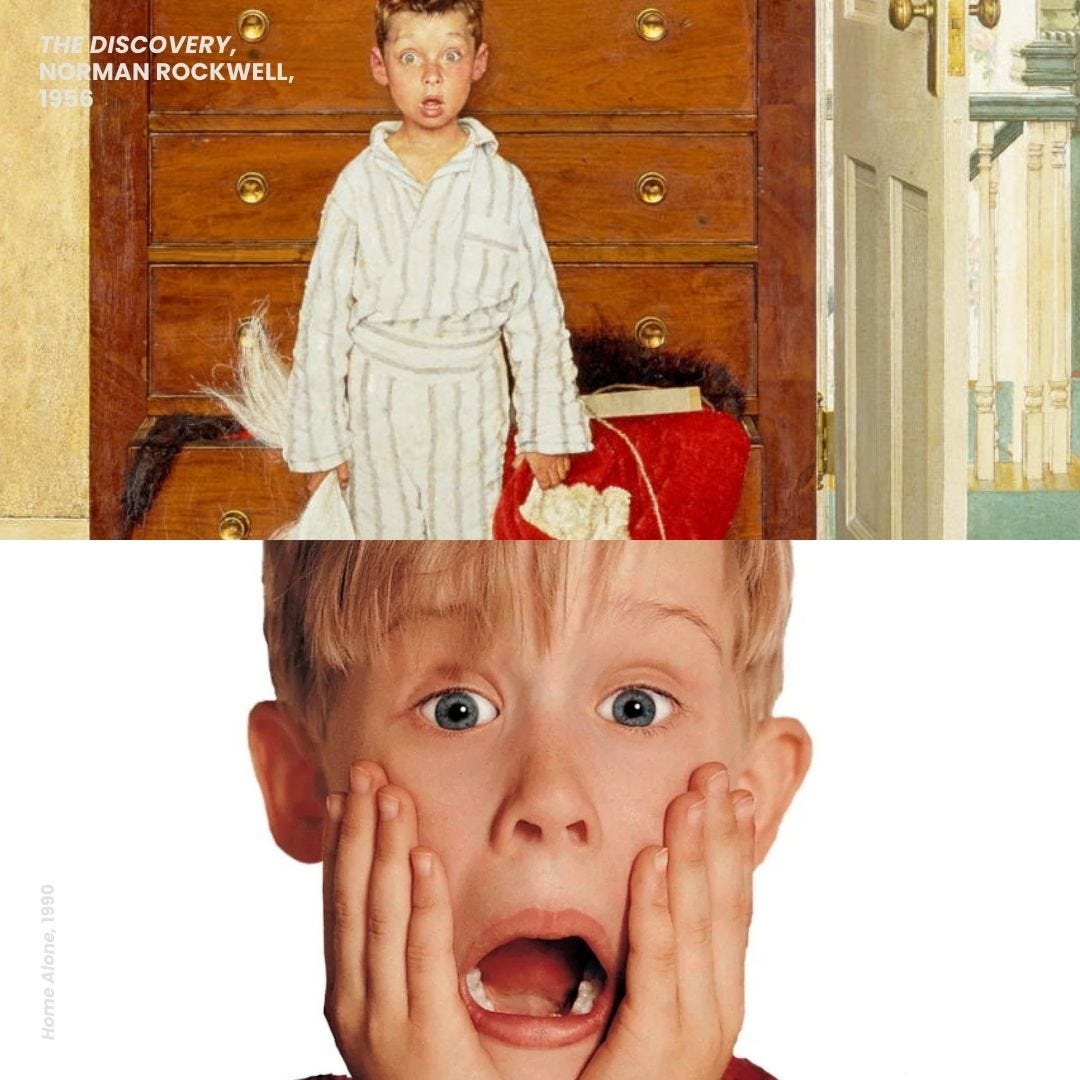
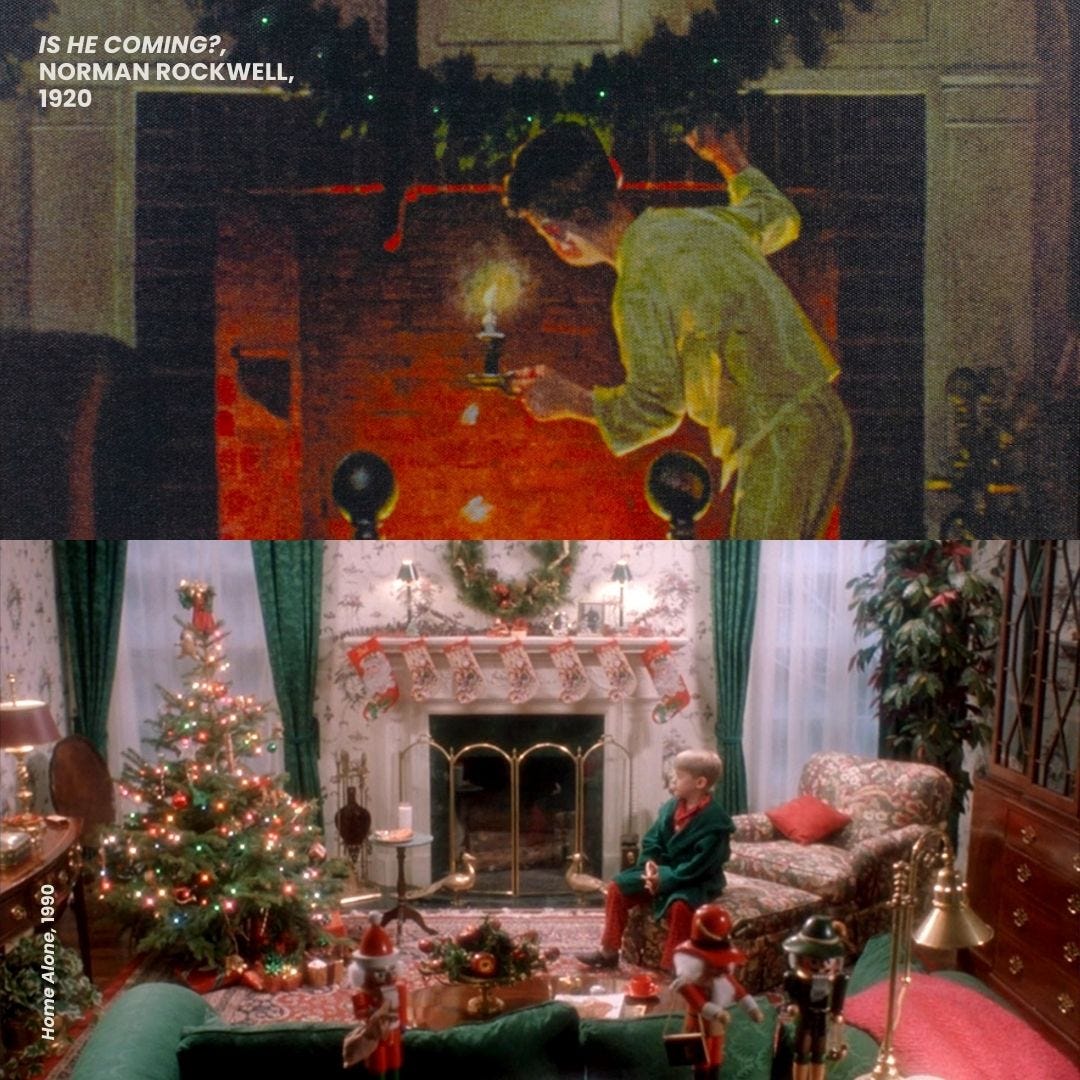
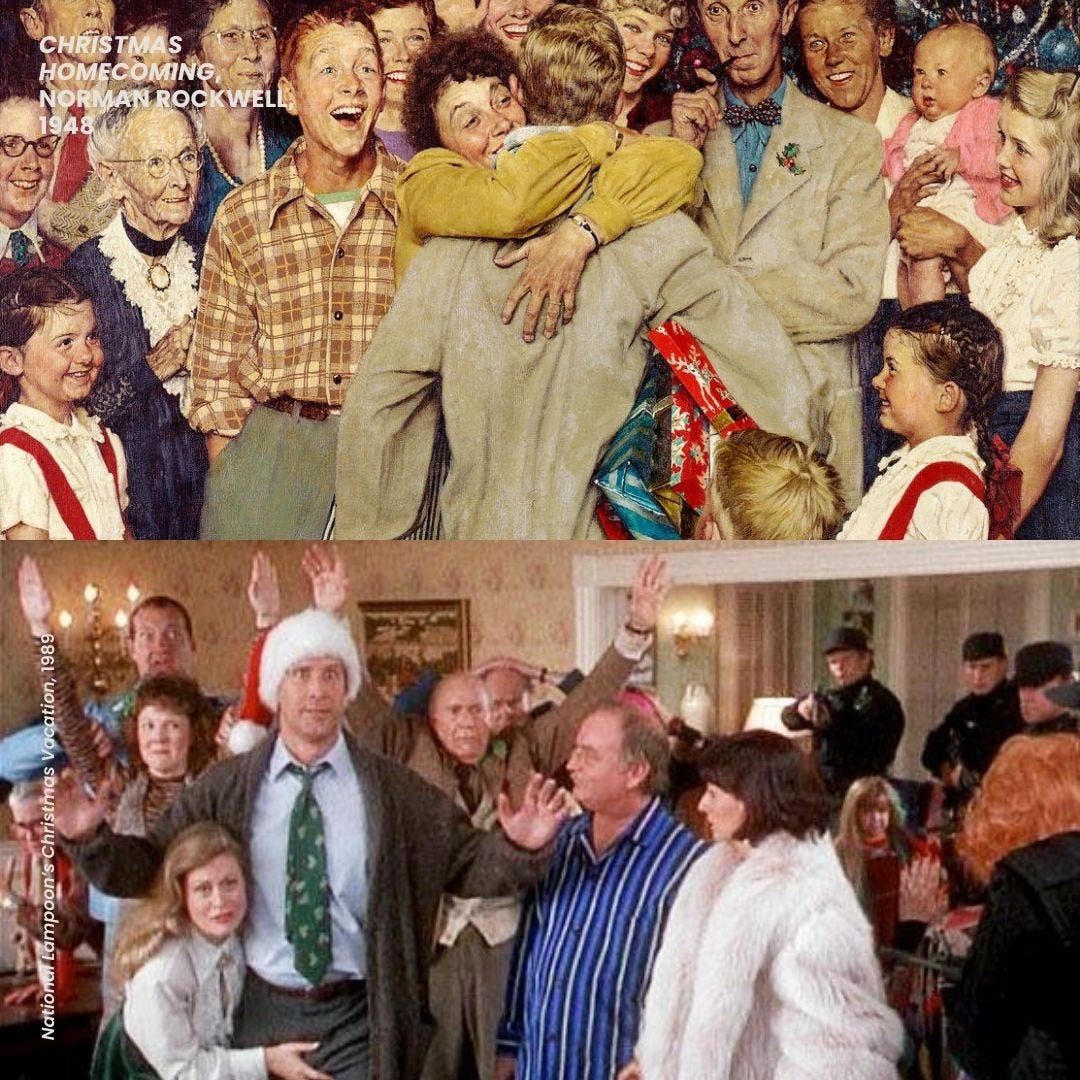
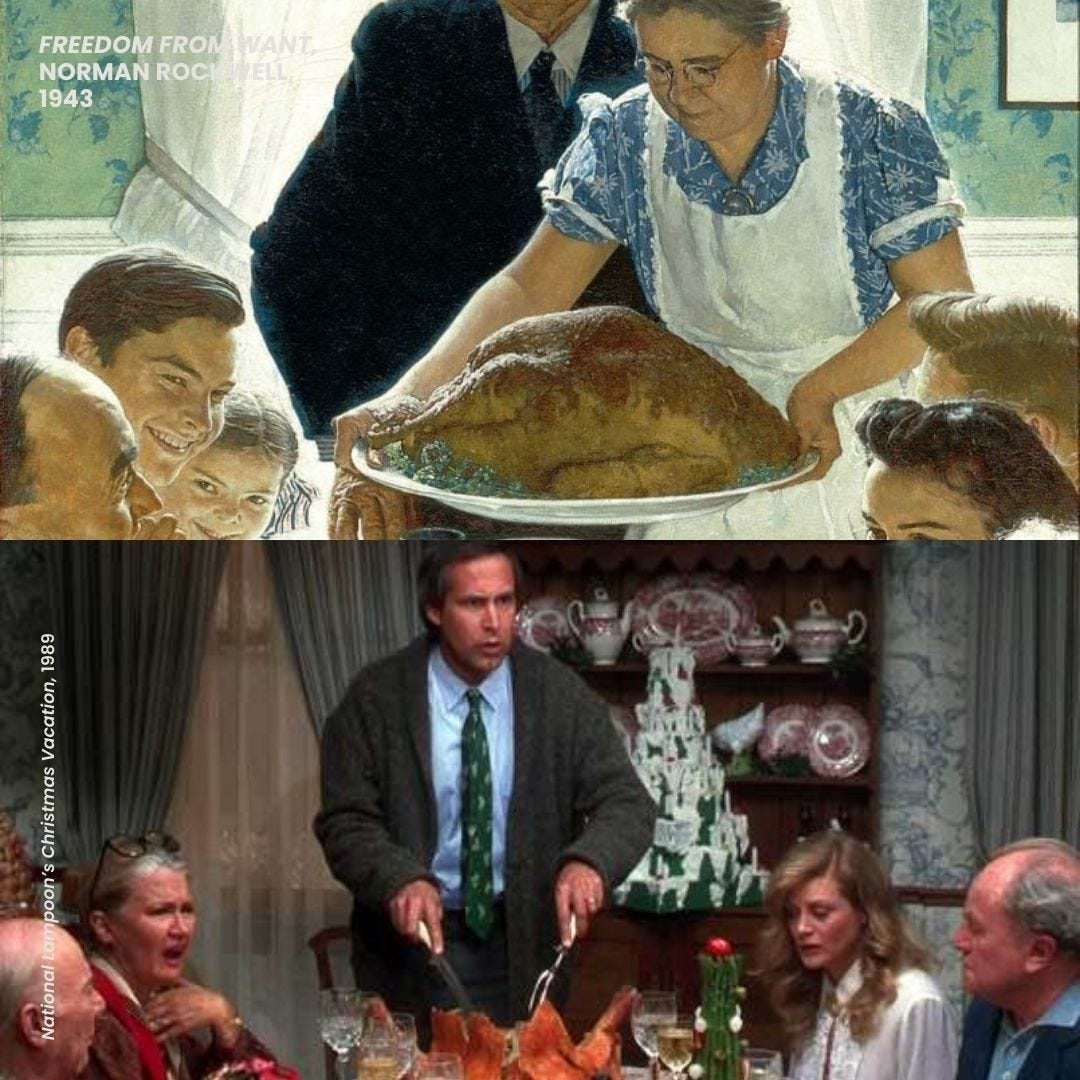
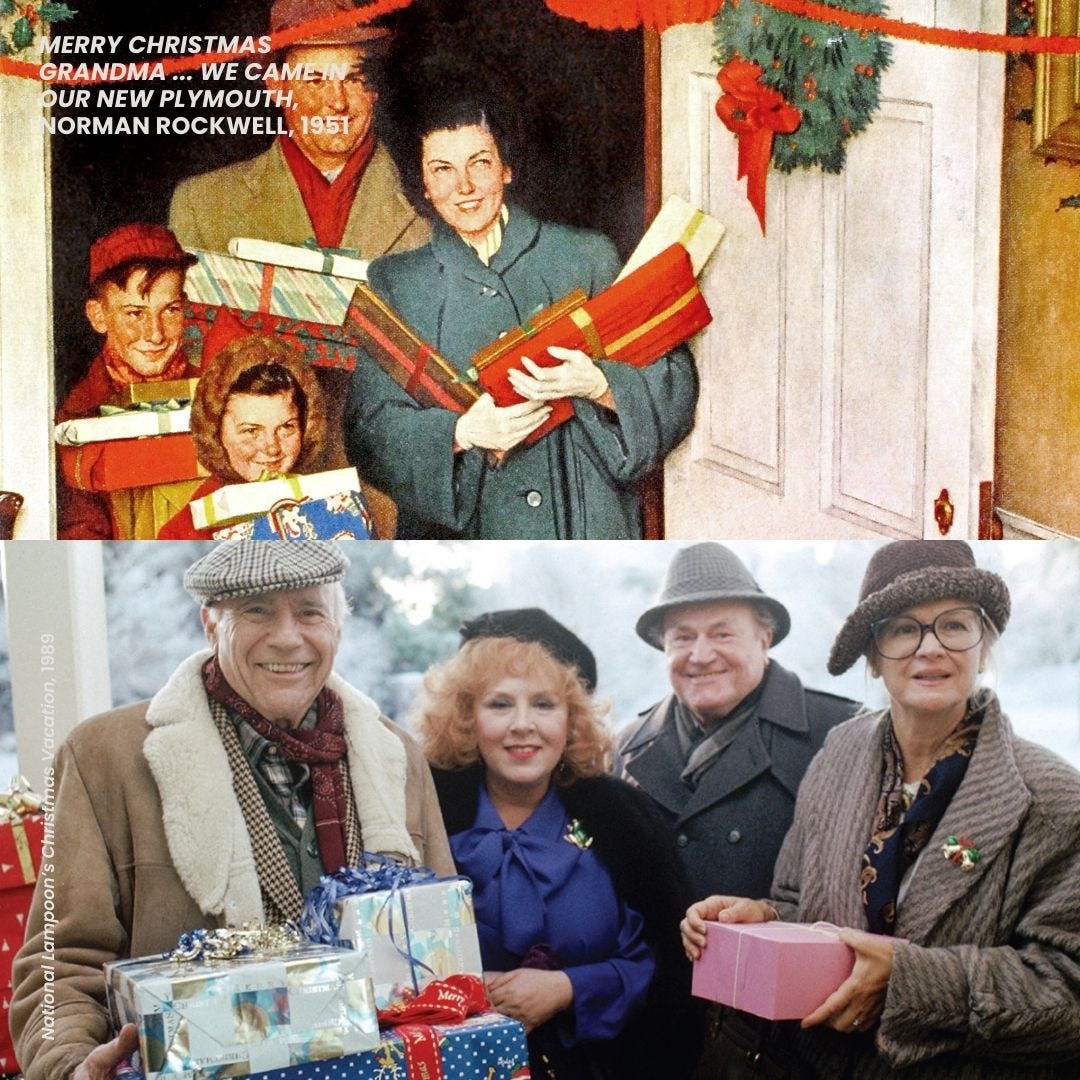
This is the best. I grew up watching this every year with my family, but I’ve never stopped to appreciate the costumes and set design.
I still say “you serious, clark?” and “why is the carpet all wet, Todd” all the time and hope someone will know the reference.
Thank you for sharing!
That was a super fun read. Thank you so much.💕 congratulations on the vanity fair mention, so exciting!